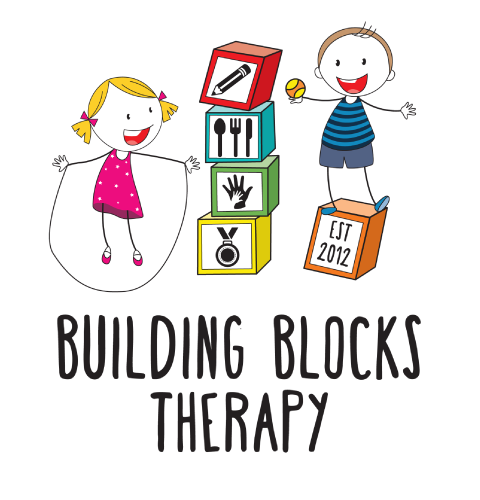10 THINGS TO THINK ABOUT WHEN DEALING WITH FUSSY OR RESISTANT EATERS
- 1. Eating is the most difficult sensory task that children do.
a. Knowing your child’s sensory preferences and the sensory properties of their always foods is important and a helpful place to start when introducing new foods. This will allow you to tune into their signals, cues and feelings.
b. Keep in mind your sensory preferences will probably be different to your child’s and will be impacting your choice of what to buy at the shops, what meals to prepare, how you prepare them.
- 2. Understanding the danger Centre response is key.
a. The information gathered by our sense organs and receptors has the ability to influence our thoughts, feelings, emotions, behaviours and vice versa- our interactions and emotional and behavioural responses affect our sensory experiences, preferences and memories.
b. Strong, significant or different sensory information causes an alerting and arousing response. This alerting response can activate a DANGER centre or stress response in the brain.
c. The danger centre makes a quick judgment of a situation and prepares for anything that may be unsafe (allowing us to at before we think). The danger centre does this by releasing hormones like cortisol and adrenalin that activate the fight, flight, fright or freeze response- i.e. Racing pulse, rise in blood pressure or respiration, redirection of blood away from the gastrointestinal tract and loss of appetite.
d. At the same time this is happening, the brain is creating an emotional response to the sensory information it receives. This is strongly influenced by how you the caregiver is responding to your child’s sensory experience: facial expressions, body language, language, tone etc. They then produce a memory that will be stored for later experiences
- 3. Emotional memories from mealtime experiences in the past may have significantly shaped your child’s sensory preferences.
a. You can have hope because of the brain’s capacity to change! We have the opportunity to ‘re-write’ these early experiences with repetitive positive, calm, safe and pleasurable experiences.
- 4. Discover what calms your child.
a. This will be helpful for creating mealtime experiences that are safe, positive and pleasurable.
- 5. You are the “provider” and your child is the “decider”.
a. Your role is to PROVIDE safe, positive, regular/routine, brief (5-20 mins), nutritious meals and snacks.
b. Your child DECIDES what and how much they eat. This helps them feel safe, in control and in the calm-alert state. (If the child is calm/alert and they are medically well managed, you can typically trust them to eat enough to meet their unique needs).
- 6. Allow and encourage opportunities for your child to play with their food.
a. Children learn through play. That’s how they explore and discover the world in a fun, safe and calm way.
b. Provide opportunities for food play not at meal times for the soul purpose of play and exploration without any pressure or expectation of eating.
c. As they explore food with their hands and face they will begin to tolerate more sights, sounds, smells and textures.
- 7. The main meal is not always the most important meal.
a. Consider that your child may eat more when they are calm-alert. This may be in the morning or in the middle of the day. The end of the day may be when they are most tired and easily overwhelmed.
- 8. Provide an environment that has very little to no pressure or expectation.
a. The common culture at many mealtimes where a child is rewarded with dessert for eating all their food can be unhelpful. This idea can negatively reinforce the idea that you have to eat the ‘yucky’ food before you get the desirable ‘yummy’ food. It also brings in unnecessary pressure to the mealtime.
b. Avoid using the phrase “if you try… then you can have…”. Research tells us that if a child previously liked a food, the use of ‘if, then’ statements can shape them into not liking the food.
- 9. Caregiver modelling is important.
a. The likelihood of your child trying a new food is increased when others eat the same food at the same time.
b. Caregiver modelling also teaches the child what it looks like to explore food, enjoy food, use cutlery and chew and swallow in a safe way.
- 10. Involve your child in the entire mealtime process
a. Provide positive experiences with food by encouraging your child to grocery shop with you and be involved in the preparation and cooking of the meal.
Naomi Tesdorpf (Occupational Therapist)
